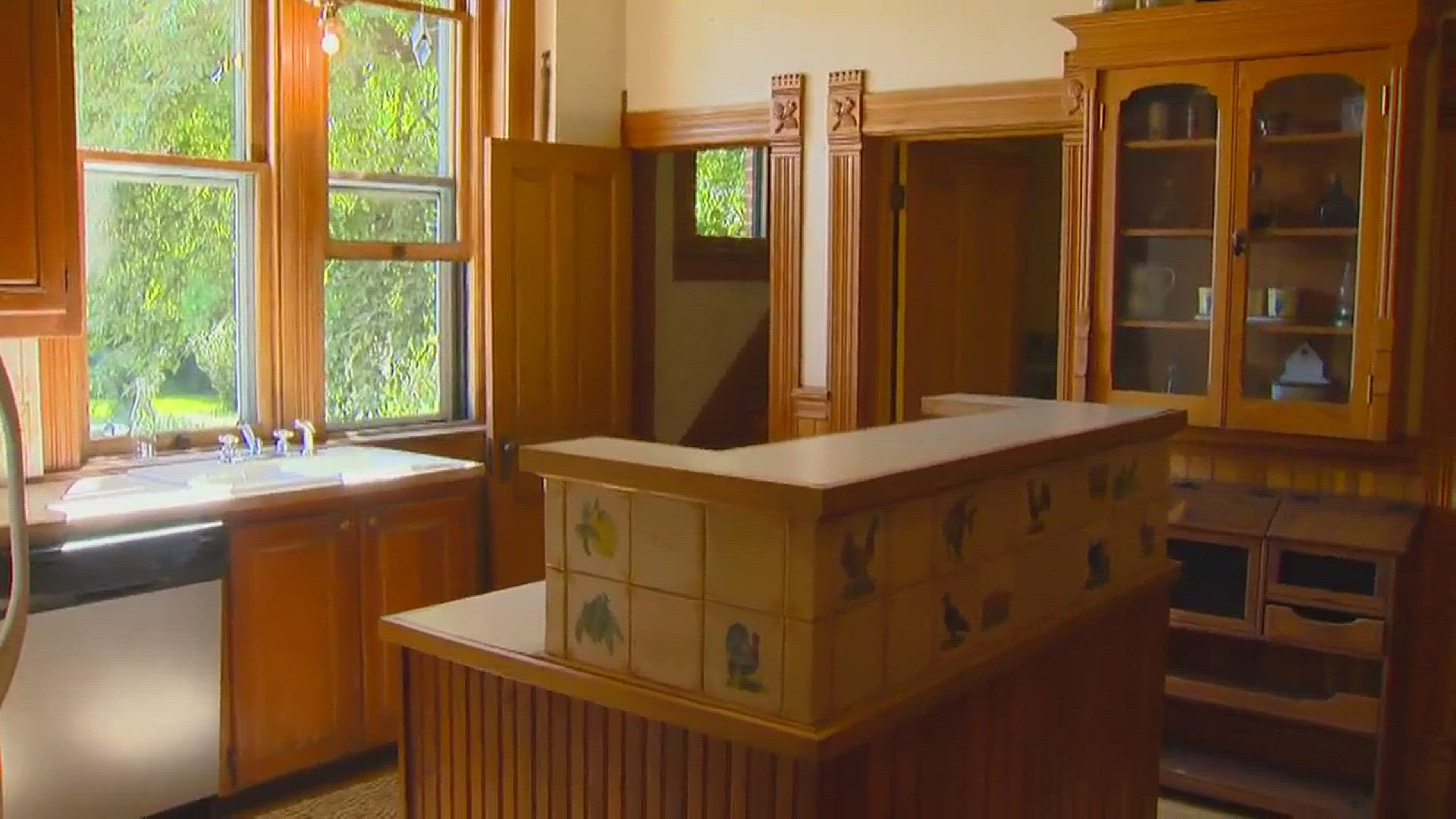BOISE - For the first time since it was built more than 125 years ago, a mansion along Boise's historic Warm Springs Avenue is on the market. And it can be yours for just $2.4 million.
The Moore-Cunningham mansion was built by Boise banker and businessman C.W. Moore in 1891, just one year after Idaho became a state. It has been owned by a single family since its construction.
The 8,800-square-foot Queen Anne style home sits on 1.5 acres at the corner of Warm Springs and North Walnut Street. According to real estate website tourfactory.com, the home was designed by James King, Boise's first architect with professional training.
"This estate is both commanding and welcoming, untouched by time and replete with character and authentic details," the description reads. "The home has retained the classic appeal of a bygone era as it remains remarkably unaltered."
Added to the National Register of Historic Places in 1977, the mansion's most prominent exterior feature is a 40-foot observation tower, which offers views of downtown Boise and the nearby foothills.
Inside, the seven bedroom, seven bath home boasts vintage woodwork, including an intricately-carved main staircase.
Moore was the founder and president of the Hot and Cold Water Company, so it's no surprise that the mansion was the first on Warm Spring Avenue to utilize the area's natural geothermal water, which is still in use today for heating both the house and the swimming pool in the back yard.
"The Moore-Cunningham mansion was the first house in the whole United States to be heated with geothermal water," said Laura Bettis, Moore's great-great granddaughter and the home's current owner. "They used [the geothermal water] for both heating and and also for domestic use."
The home's longest resident was Moore's daughter, Laura Moore Cunningham, who lived in the home from its construction in 1891 until her death in 1963. When she died, Moore-Cunningham left the home to family members, but also donated a large chunk of her vast estate to the community through the Laura Moore Cunningham Foundation.
"A lot of people think of the house as really being the true legacy of the family, but I think really her philantropy and the good work that she did in the community, over time, have had a much bigger impact than the house," Bettis said.
On her decision to sell the home, Bettis, who grew up in the home, but currently lives and works in Valley County, said it was a difficult call to make.
"For me, there are a lot of sentimental reasons to keep a house like that, but there are practical reasons not to," she said. "A house like that requires a lot of care and attention because it's so old, and it's so big. Because I'm not living there, its hard to keep tabs on everything that needs to be done, and I just don't feel like I'm giving the house what it needs.
"I think that the care that my mother took to catalog the history, and also just the fact that I did get to know the house, I'm not really giving up all those memories, and I'm not giving up the legacy of my family, because I think it's so much bigger than a house."

